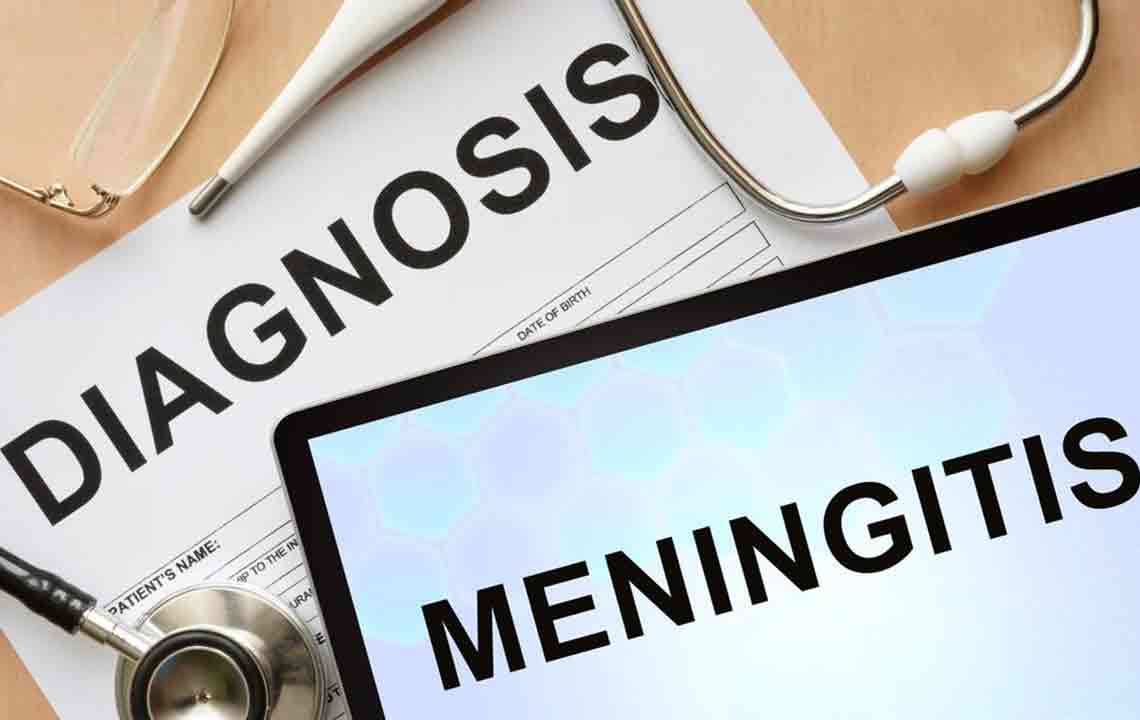Early Signs and Risks of Meningitis You Should Know
This article highlights the key signs and risks associated with meningitis, emphasizing the importance of early detection and treatment. It covers symptoms in adults and children, distinguishes bacterial and viral types, and warns of potential severe complications if untreated. Recognizing symptoms quickly can save lives and prevent long-term damage, making awareness vital for at-risk populations.

Meningitis is a severe bacterial or viral infection that inflames the protective membranes surrounding the brain and spinal cord, known as meninges. Transmission often occurs via saliva or mucus, making close contact or sharing personal items risky. Key symptoms include sudden high fever, neck stiffness, severe headache, and purple skin spots resembling bruises, appearing within a week of infection. Less common signs include confusion, light sensitivity, vomiting, drowsiness, and skin mottling. Recognizing these early can be life-saving, as prompt treatment is essential to prevent serious complications like brain damage or death.
In children, meningitis symptoms differ slightly, with signs such as irritable crying, feeding issues, seizures, and a bulging fontanel. The primary types are bacterial and viral. Bacterial meningitis develops rapidly and requires immediate medical attention, whereas viral meningitis often resolves on its own. Without treatment, meningitis can cause permanent harm, including hearing loss, brain damage, kidney failure, or death. Immediate hospital admission and antibiotics are generally necessary to manage bacterial cases. Early diagnosis and intervention are crucial for a full recovery, highlighting the importance of prompt medical care upon noticing symptoms.










